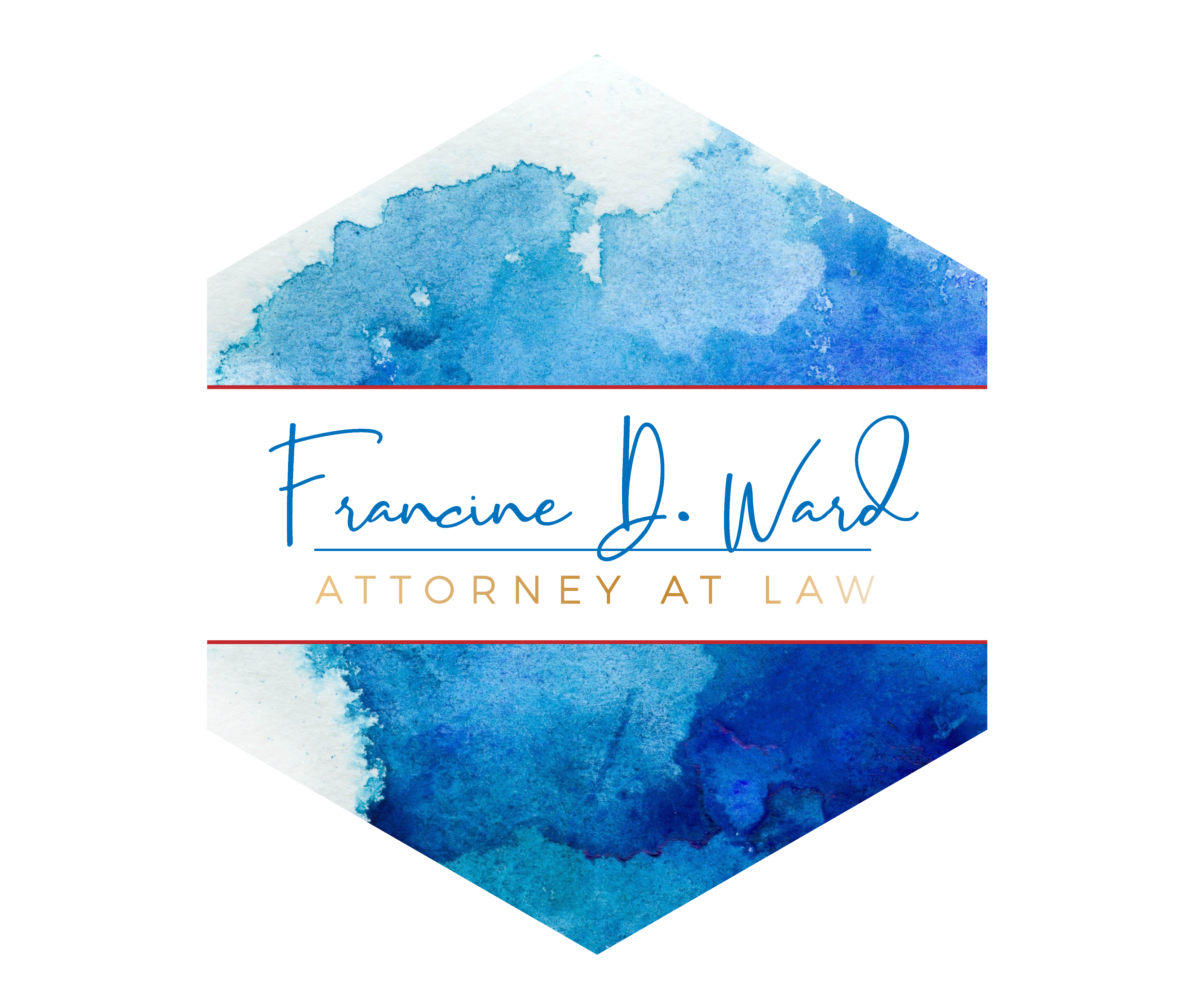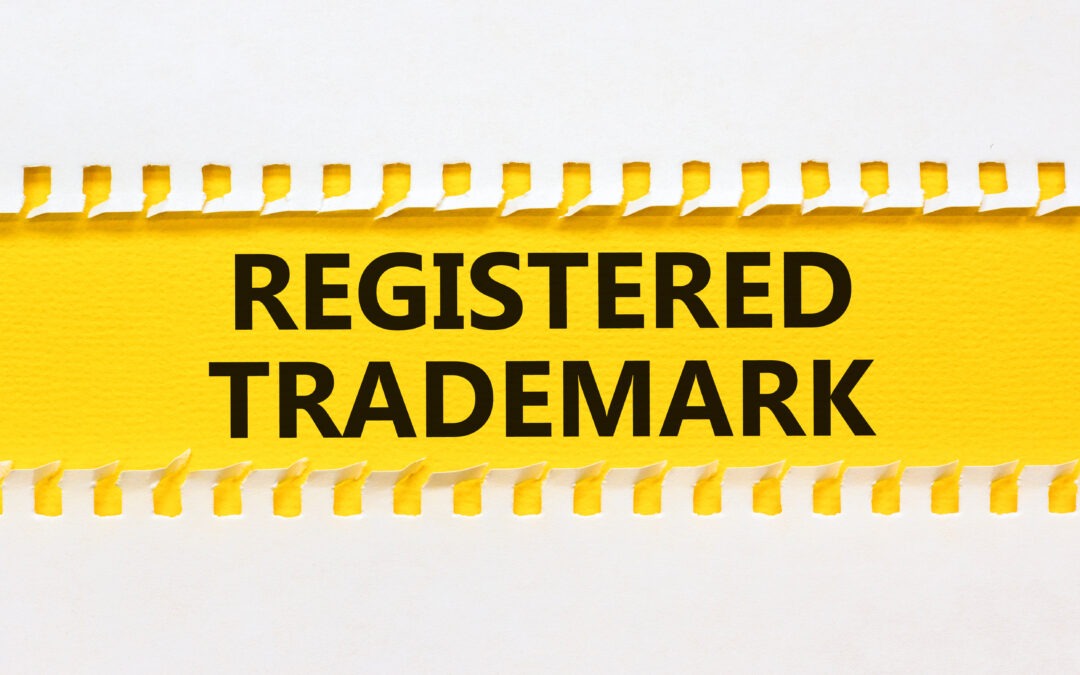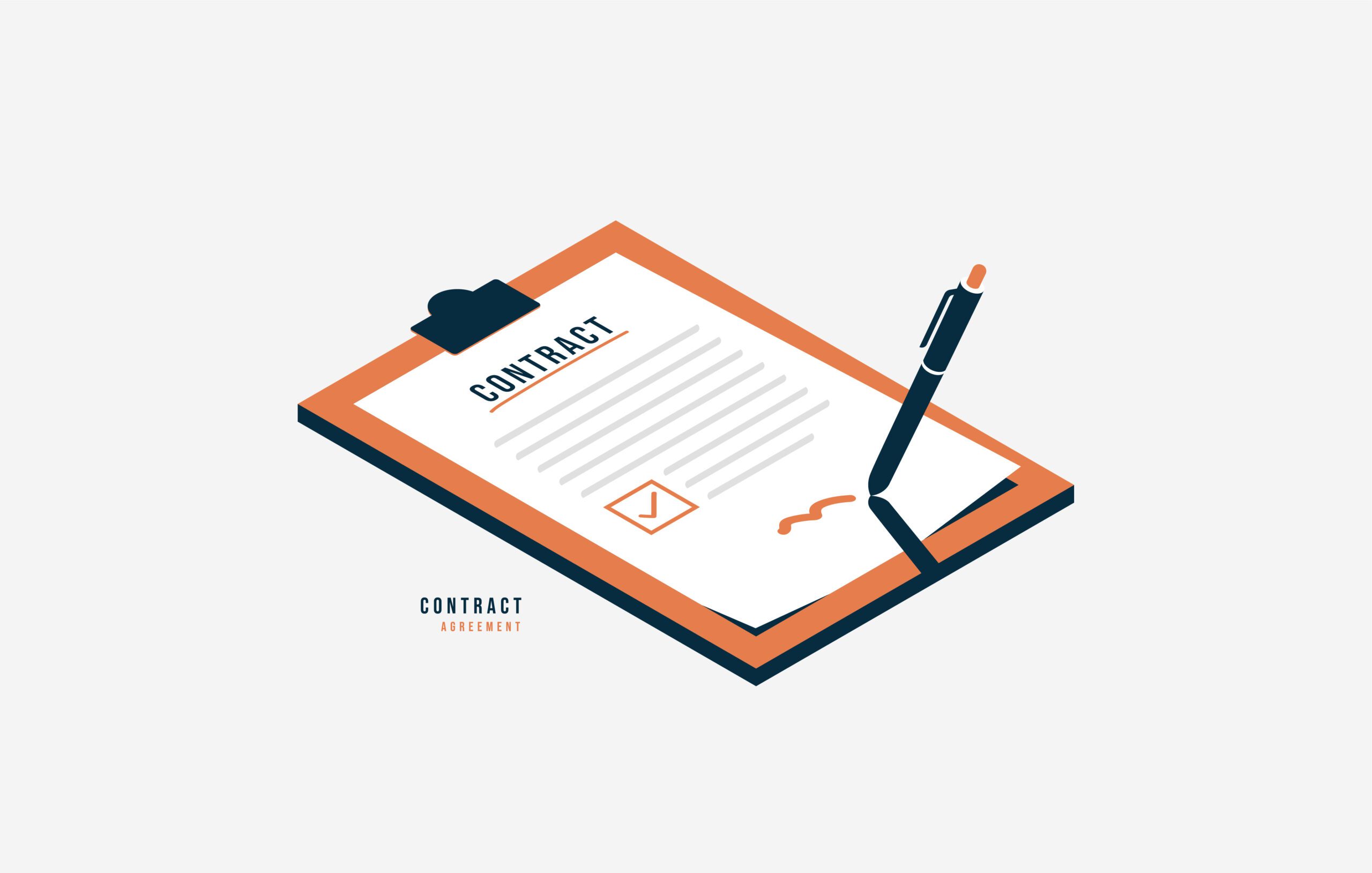How long does a trademark last?
A registered trademark, one registered with the United States Patent and Trademark Office (USPTO), lasts forever—so long as certain post-registration formalities are performed. Oftentimes, trademark registrants overlook this simple, yet critical fact. They invest time and money in obtaining their trademark but forget that it needs to be protected. Like any valuable asset, such as money, artwork, pets, jewelry, certain vehicles, homes, trademarks should be protected. So, to answer the question, how long does a trademark last, let’s look at the steps in the post-registration process:
Use it or Lose it!
The most important thing to keep in mind is that you MUST continue to use your trademark. This formality is required whether the trademark is register or whether you have common law priority. If you don’t use it, you will lose it. If you have a registered trademark, you must continue to use it in the way you stated in your Statement if Use.
Required Trademark Maintenance Filings.
There are two documents that must be filed in order to keep your trademark alive and one document that while not required, should be considered:
- Section 8 Declaration of Continued Use – Between years 5-6 from the date of registration, a trademark owner is required to file the Declaration of Continued Use. This document requires that the registrant (a) “declare” that they have continuously used their trademark for the previous 5 years, (b) used the mark in the way they said they were using it in the Statement of Use, and (c) submit specimens proving that use. There are severe penalties for committing fraud, stating that you have been using the trademark when in fact you have not.
- Section 9 Renewal – Every 10 years from the date of registration, the registrant is required to file for renewal. This is required so long as the registrant uses the trademark.
- Section 15 Declaration of Incontestability — There is an additional filing that is not mandatory, but strongly recommended. Five years after registration, the trademark owner may (if they choose) file a Declaration of Incontestability. This makes it difficult for anyone to cancel your registration but for good reason.
Monitor Your Trademark.
Once you invest time and money in registering your mark, you have a responsibility to monitor it in the marketplace. Make sure no one else is using a similar trademark in a way that is likely to confuse consumers.
In Summary.
Use, File, and Monitor your registered trademark.

Francine D. Ward
Attorney-At-Law, Author, Speaker
Follow Francine:
Don’t miss Francine’s Latest Blogs:
- Sweepstakes ScamsSweepstakes Scams. The Federal Trade Commission (FTC) has settled with several operators of a sweepstakes scam. The scam bilked consumers out of millions of dollars. Included in the settlement agreement,… Read more: Sweepstakes Scams
- Incapacity PlanningIncapacity Planning. Incapacity is an unexpected wrinkle in your estate plan. I am a planner. I make plans, I like making plans, and sometimes my plans go awry. Despite any… Read more: Incapacity Planning
- Publishing contractsPublishing contracts The publishing contract is an agreement that defines the relationship between an author and her publisher. Publishing contracts typically contain elements that speak to territory, rights, ownership, financial… Read more: Publishing contracts
- What is a Habit?As we enter springtime, you may feel far away from your New Year’s resolution. That may be because of the success rate of NYE resolutions. In fact, January 17 is… Read more: What is a Habit?
- Common Contract MistakeCommon Contract Mistake #1. Not Having Written Agreements with EVERYONE You Do Business With. Common contract mistake. Without question, the most common contract mistake is not having the terms of… Read more: Common Contract Mistake











